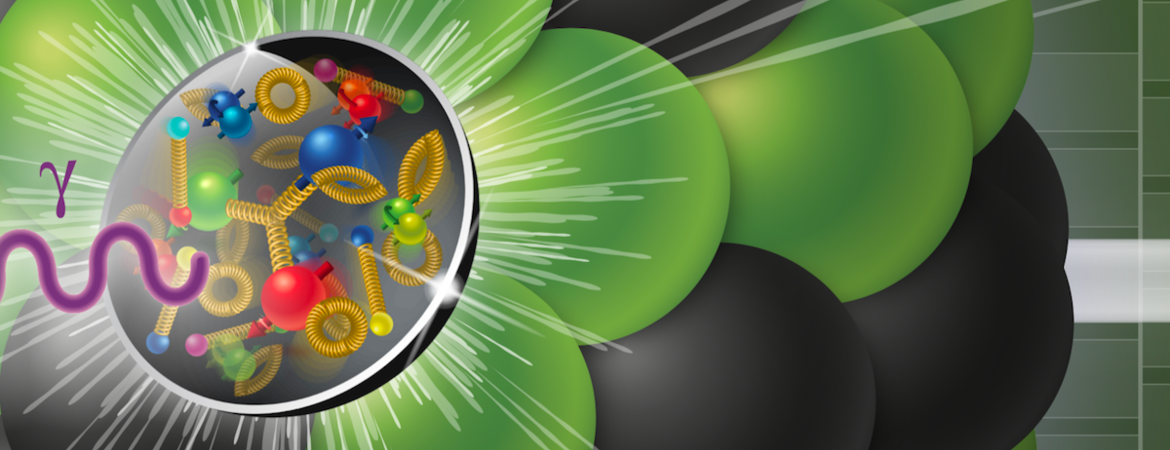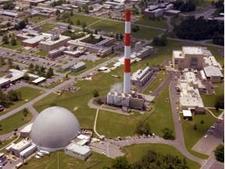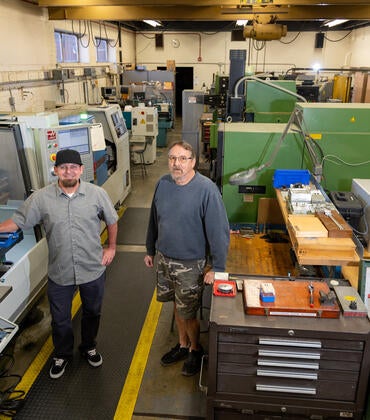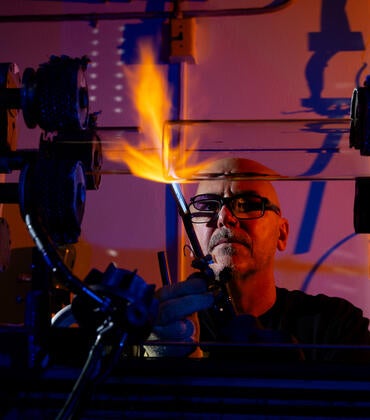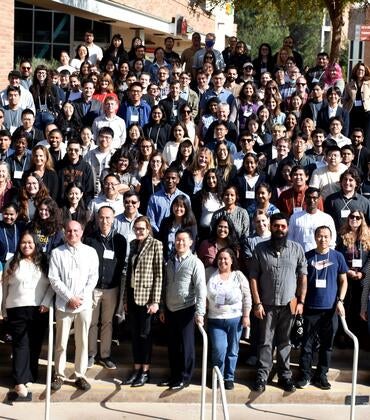Earlier this month, the U.S. Department of Energy announced the selection of Brookhaven National Laboratory in Upton, NY, as the site for Electron Ion Collider, or EIC, a planned major new nuclear physics research facility.
The EIC, which will be designed and constructed over ten years, will explore mysteries of the “strong force” that binds the atomic nucleus together.
“The EIC promises to keep America in the forefront of nuclear physics research and particle accelerator technology, critical components of overall U.S. leadership in science,” said U.S. Secretary of Energy Dan Brouillette.
UC Riverside physicists Kenneth Barish, Richard Seto, and Miguel Arratia are involved in EIC and will work this year on conceiving experiments. A UC EIC consortium meeting is scheduled to take place at UCR this week.
“The goal is to specify the requirements of the instruments needed to achieve the science goals we want to pursue with this new particle collider,” said Arratia, an assistant professor in the Department of Physics and Astronomy, who plans to set up a lab at UCR that will focus on EIC research and development. “We will collaborate within UCR and also with a consortium of UC campuses and national labs.”
Barish, a professor of physics and department chair, is one of the conveners for the Electron-Ion Collider User Group, a detector/physics working group consisting of 900 physicists from over 180 laboratories that is charged with writing a comprehensive report this year — the first step toward the formation of collaborations.
Design and construction of an EIC was recommended by the National Research Council of the National Academies of Science. Funding for the EIC is subject to annual appropriations by Congress. Significantly, the Department of Energy declared the project “CD-0,” or “mission need,” suggesting the project is approved and ready to begin, with funding already available in this year’s budget.
Thumbnail image credit: Brookhaven National Laboratory
